Starting point: the best place to begin the route and a walk through this magical village is the Santo Cristo del Refugio chapel.
Characteristics of this route: the route combines a walking tour of the village and a drive up to the First Platform and the El Travieso mountain. A nice way to end the day is to walk up or drive up to the Candelario woodlands. You’ll quickly realize this route features some of the most outstanding and unique natural treasures in the province.
Most outstanding species: must-sees in the village are the red-rumped swallows and the pallid swifts, which are living in one of the most abundant colonies in Salamanca. You’ll be able to see some of the most unique birds on this route in the high mountain area. At the top of the forest you’ll see birds such as the common crossbill and the goldcrest and then, where only broom and rocks survive, try to find the bluethroat, red crossbill and ortolan. June is the best month to do this route.
Birdwatching recommendations: the most important thing is just walking through these highlands of sublime beauty. The best areas for birdwatching are around the chapel and the municipal park, which is home to one of the most valuable collections of trees in the province. There’s a fantastic view of the entire historic site and mountains at the end of the park. Pay close attention to the large vertical walls at the top of the mountain: they’re the only glacial cirques anywhere in the province. After that, return to the road that brought you from Béjar. Cross through the village to the highest part and head up towards El Travieso. Make a first stop at the First Platform. You can safely park in the car park opposite the winter shelter. Have a walk along the esplanade and along the pine trees and fields. It’s the best place in Salamanca to catch sight of species like the common crossbill, the goldcrest and the rock bunting. The end of this route is El Travieso, the end of the road as well. Before the last fire that scorched the broom on its sides, they were also the most common habitat for the bluethroat, rock thrush and water pipit. In any case, the exceptionally extensive views will compensate you for the effort. Likewise, this extremely high lookout is a good place to witness the birds’ autumn migration. With a little luck, you might see groups of black kites, Montagu’s harriers and a number of passeriform birds flying by between July and September. For the high-spirited, routes begin from this lookout to the summit where species have been detected as interesting and scarce as the snow bunting and dotterel. Coming back to Candelario you can get a close look at the Candelario woodlands, one of the most mature oak and redwood forests in the province. Take a left at the swimming pool onto the road towards La Olla (Extremadura). Just 4 kilometres away and before crossing over a bridge, a sign to the left indicates you’ve arrived. Park and enjoy a walk through this lichen-covered forest with numerous wooden giants.
If you’d like to discover these and other routes, contact Aula del Alagón and we’ll help you find all the birds and landscapes in our region.
Aula del Alagón
info@auladelalagon.com
Plaza de España, 4, 37760, Linares de Riofrío (Salamanca)
| TOWN | Candelario | |||
| NATURAL PATRIMONY | Piquituerto. Reyezuelo sencillo. Pechiazul. Roquero rojo. Escribano hortelano. Bisbita alpino. Milanos negros. Aguiluchos cenizos. |
|||
| WHAT IS INCLUDED? |
|
|||
| WHAT ISN’T INCLUDED? |
|
Si quieres participar en nuestra actividad, no dudes en ponerte en contacto con nosotros a través de nuestros métodos de contacto:
Email: info@auladelalagon.com
Teléfono: 635 158 497
O bien rellena directamente, el formulario, y te responderemos en la mayor brevedad de tiempo.
Form temporarily unavailable

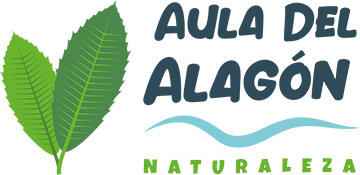

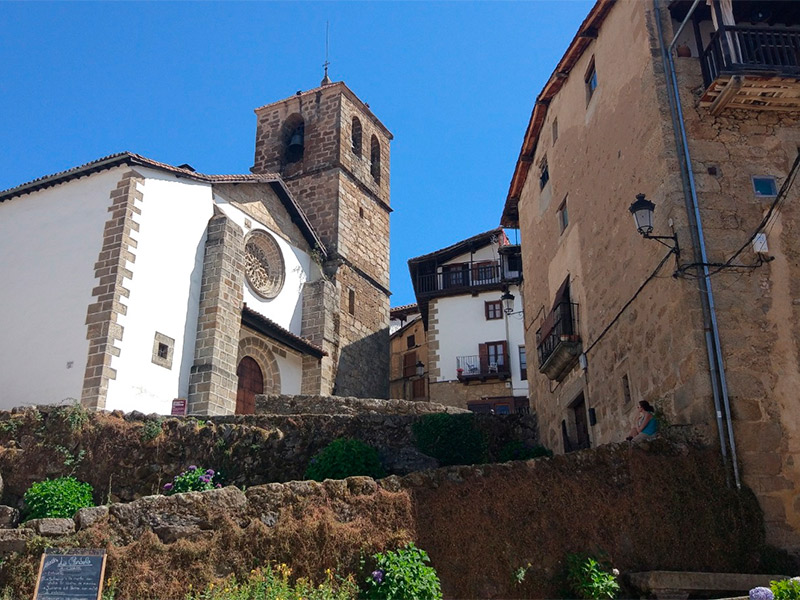



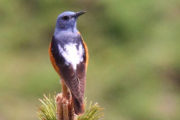
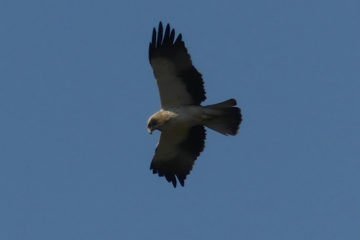
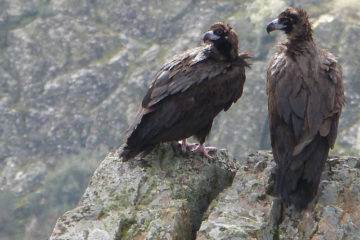

Comentarios
Aún no hay comentarios, puedes ser la primera persona en hacerlo.
Deja un comentario